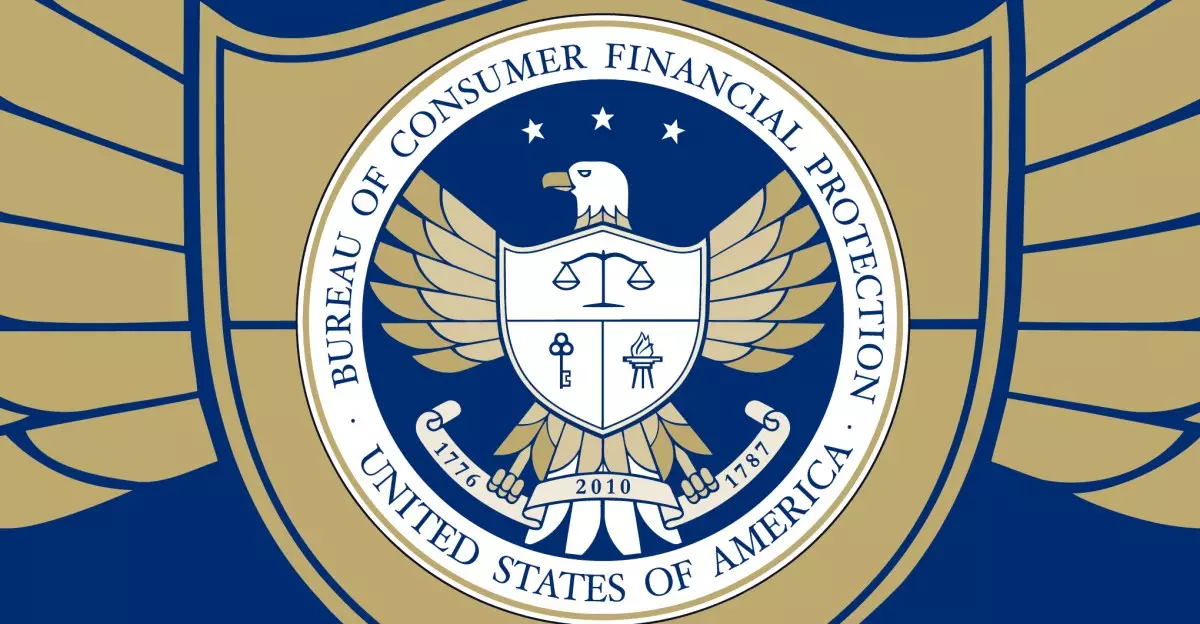In the bureaucratic labyrinth of government agencies, shifts in leadership can create shockwaves that profoundly affect the workforce. Recently, the Consumer Financial Protection Bureau (CFPB) experienced just such turmoil as it grappled with the repercussions of significant employee terminations. The backdrop to this situation stems from the controversial intervention of the Department of Government Efficiency, spearheaded by Elon Musk, which has led to numerous allegations that the agency engaged in unjustifiable layoffs. The outfall not only includes mass dismissals but also a legal battle culminating in the reinstatement of probationary employees, although many are left in a state of limbo.
Echoing through the hallways of CFPB and other federal agencies is the tension and confusion that comes with administrative leave designations. While some employees received notifications of their reinstatement, the reality is far from reinstatement in the traditional sense. According to reports, employees are being placed on return status without access to their workstations or essential equipment, suggesting operational paralysis rather than a seamless transition back to duty. It raises critical questions about the efficacy of the agency’s current leadership and whether they can truly create a functional working environment.
Administrative Leave: The Ambiguous Status
One peculiar aspect of the reinstatement process involves the ambiguous condition in which many employees find themselves. Despite receiving assurances of restored responsibilities and compensation, their status as “on administrative leave” renders them unable to fulfill essential job functions. This creates an environment rife with uncertainty—how can employees effectively reintegrate when the very tools and system access necessary for their roles are being withheld?
Moreover, this peculiar state raises further concerns regarding company morale and employee productivity. Whenever employees feel sidelined or unsure of their job security and the immediate future, it can lead to decreased output and lingering concerns about job stability. Consequently, even the offer of back pay and restored titles might fail to placate the very real anxiety that permeates through these ranks.
Legal Ramifications and Agency Dynamics
The legal landscape surrounding these employment challenges is equally intricate. The reinstatement process occurred as part of a federal court’s order aimed at rectifying perceived wrongs committed during the earlier dismissals. For the CFPB, a turbulent agency that has faced scrutiny for its operational tactics, this is more than a procedural setback—it’s indicative of broader ideological battles about the role of government and checks on agency power.
Adding layers to this narrative, the union representing CFPB employees has alleged that the agency, under previous leadership, was engaging in practices aimed at its dismantling. With claims that the Trump administration sought to reduce the agency’s workforce by upwards of 1,200 employees, it is clear that the broader political currents are at play. Such factors create a perfect storm in which casual disregard for employee welfare can coexist with urgent calls for agency reform.
The Future of Employee Morale and Organizational Integrity
Looking ahead, the challenges do not dissipate with simple reinstatements or legal mandates. Employees’ sentiments are crucial for restoring the agency’s credibility and purpose, which have been jeopardized through these recent incidents. Without addressing the core issues of trust and assurance, leadership may find themselves in a continuous state of upheaval. Employees who feel overlooked or disenfranchised are less likely to exhibit loyalty or dedication, ultimately undermining the mission of the agency.
Additionally, as the CFPB’s headquarters remains closed and employees remain in this uncertain limbo, it becomes increasingly difficult for the agency to fulfill its mandates to protect consumers and ensure their financial security. Effective governance must prioritize the well-being of its workforce to cultivate a thriving environment where public service can flourish.
In this tumultuous context, how leaders choose to navigate these repercussions will set the tone moving forward. As the agency looks to stabilize its workforce and rebuild trust, the focus should keenly shift towards creating a culture that truly values each employee’s contributions. Without such efforts, the path forward may remain fraught with discontent and distraction from its crucial mission.

